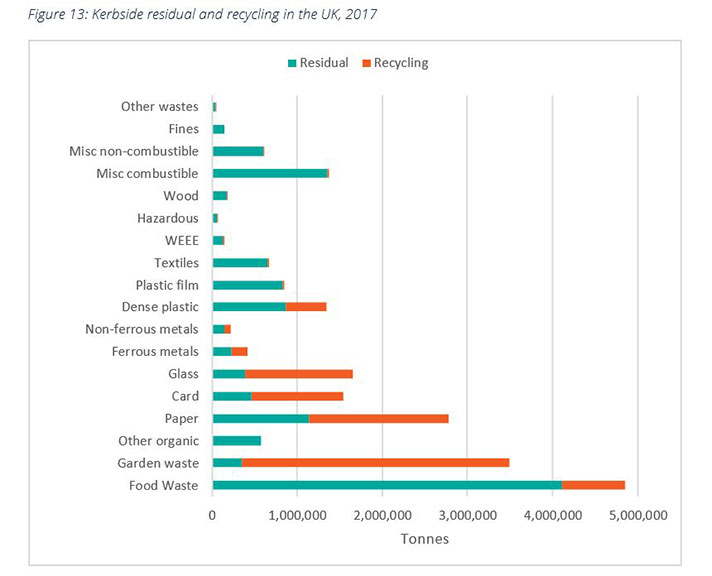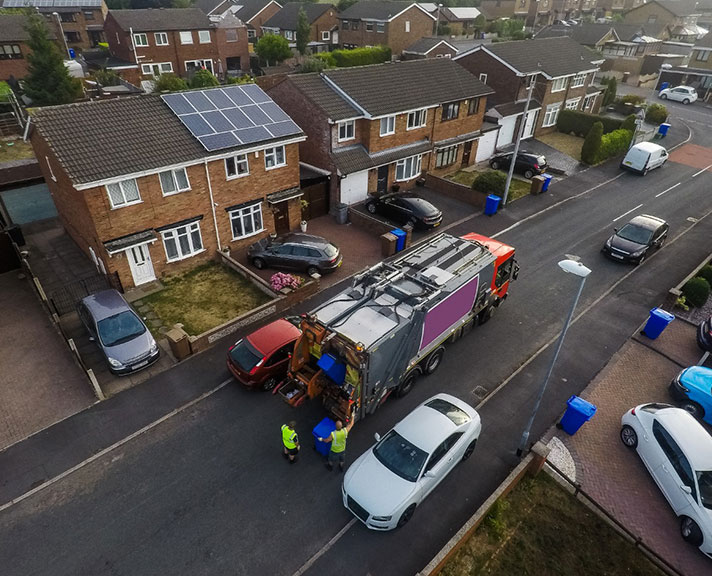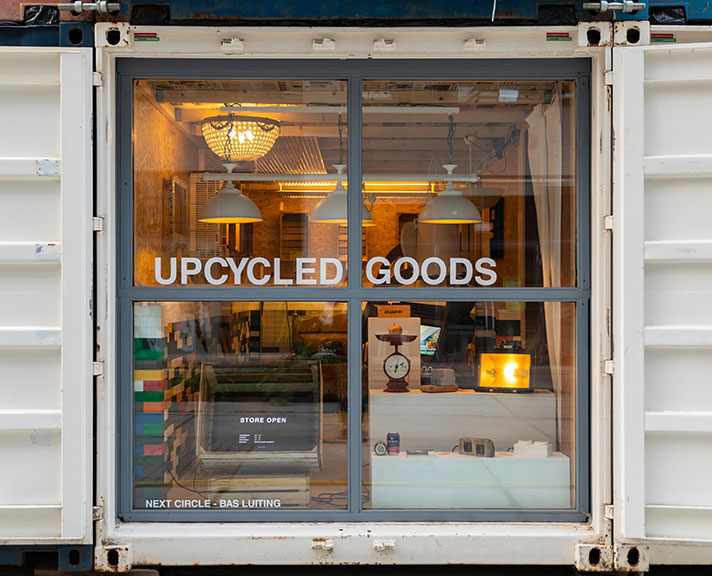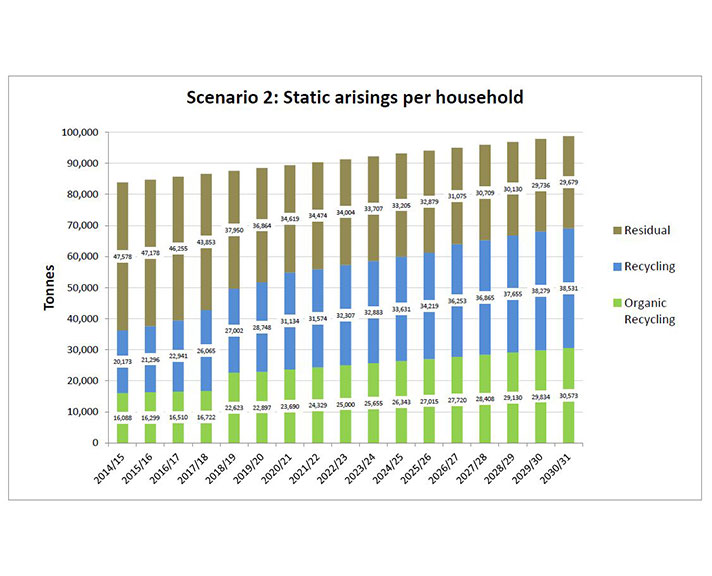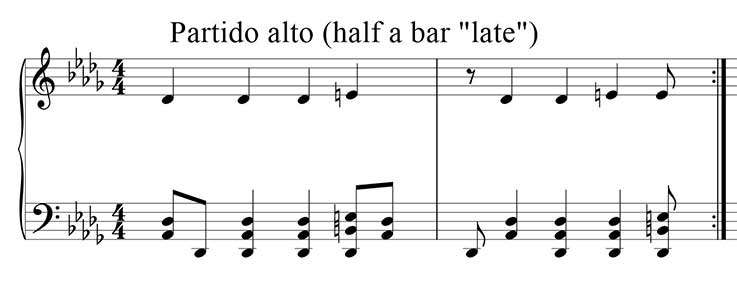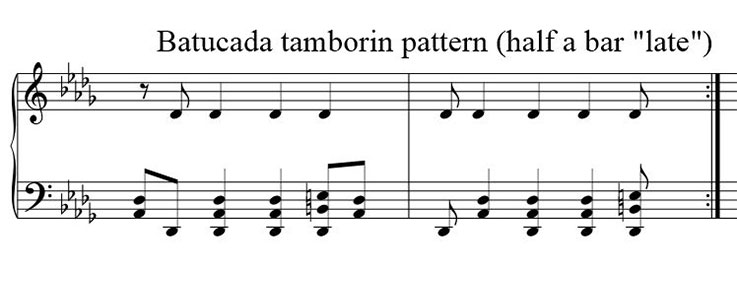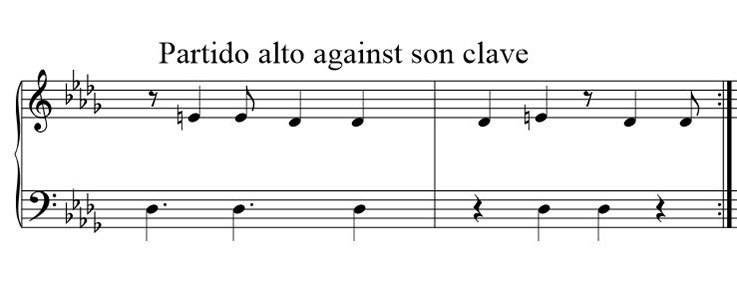I have over 20 years of experience in the waste and resource efficiency sector and have contributed to the delivery of more than 200 research and consultancy projects, typically as a project manager or director. I am a Chartered Member of the Institute of Wastes Management (MCIWM). Previously I worked for Eunomia Research & Consulting and Resource Futures. I now work as an independent consultant. My full CV is available here.
I have contributed extensively to defining best practice in recycling collection systems in the UK, as well as developing the evidence base for waste policy, including work on modelling national composition estimates for municipal waste.
This is complemented by my experience on numerous projects to optimise collection systems (kerbside, Household Waste Recycling Centres, bring banks, commercial collections), including material flow and financial modelling, business case development, logistics, market assessments, waste treatment options and innovative approaches to moving towards more circular management of resources.
I have delivered projects for a wide range of clients, including local authorities, central governments (including in Europe), private waste companies, businesses, and industry bodies, as well as working extensively with WRAP and Defra.




